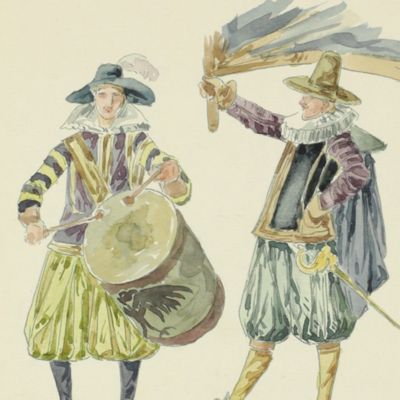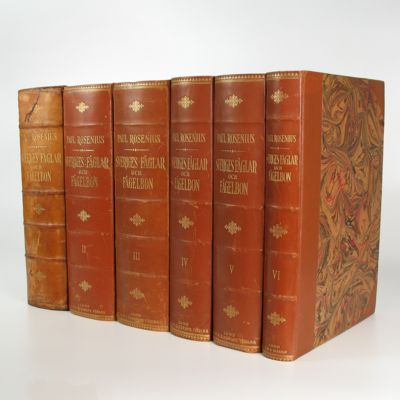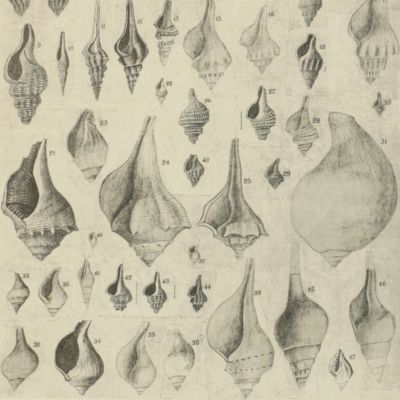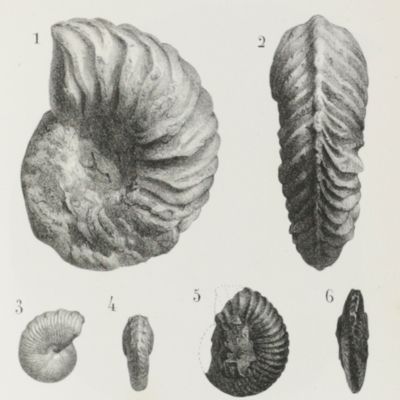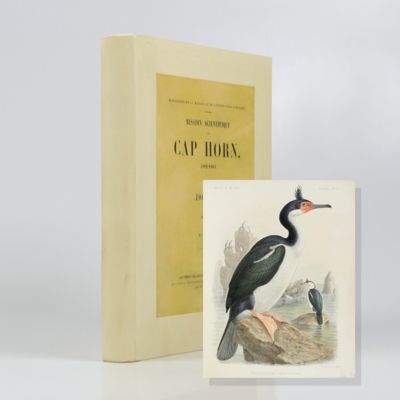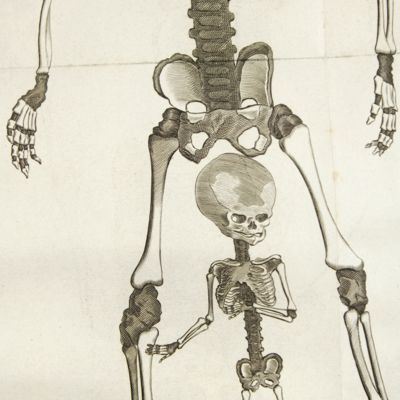Leibniz, G. W. and others
Academiae Caesareo-Leopoldinae Carolinae Naturae Curiosorum. Ephemerides sive Observationum Medico-Physicarum a Celeberrimis viris. Centuria III & IV. Cum, Appendice.
Norimbergae [Nuremberg], Wolfgang Michahelles, 1715. Small, thick 4to (20.3 x 16.4 cm). Engraved allegorical frontispiece, title, half title, 738 pp. ([xii], 484, [ii], 232, [viii]); 15 engraved plates (several larger, folded), three portraits. Contemporary full vellum. Title neatly written on the spine in an old (probably contemporary) hand. Edges speckled blue.
A copy of Centuria 3-4 with an appendix. Includes a paper by the polymath Gottfried Wilhelm Leibniz (1646-1716) on the barometer ( Appendix, p. 49): Aetiologiia Barometri. Leibniz was dissatisfied with several aspects, naming five in particular, of traditional liquid barometers. Leibniz proposed a mechanical barometer instead. However, it was not until 1843 that such a barometer - the most common type today - was first built. This is followed by a paper on barometric pressure recorded by month over a four year period (1710-1713), by the German physician and botanist - the discoverer of sexuality in plants - Rudolf Jacob Camerarius (1665-1721). Also included is Rosinus Lentilius's Ranarum in pisces curiosa metamorphosis, with a fine, detailed, large plate. It describes and illustrates the monstrous transition from a frog into a "fish". Lentilius (1657-1733) was a German medical doctor and personal physician to the Duke of Württemberg, Eberhard Ludwig, in Stuttgart. Other papers include illustrations of fossil brachiopods, a praying mantis, locusts, the coffee plant and bean, several medical subjects, etc. Plates 11 and 12 are on one leaf. A very good, clean and unmarked copy. Cat. BM(NH) p. 4.
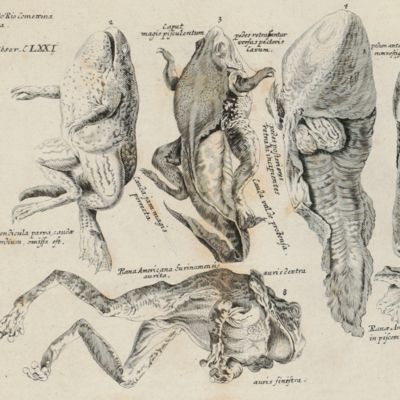

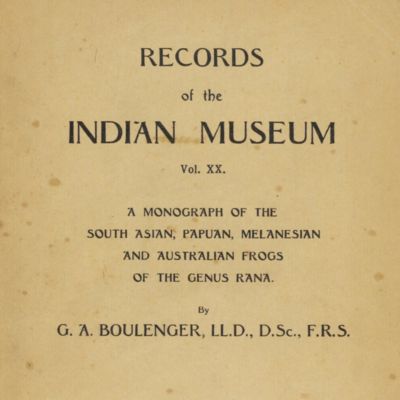

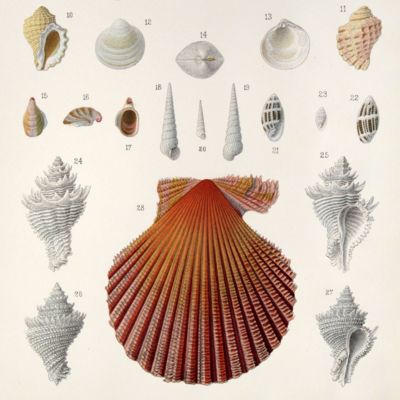
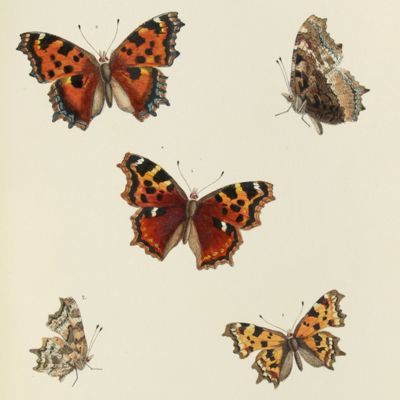

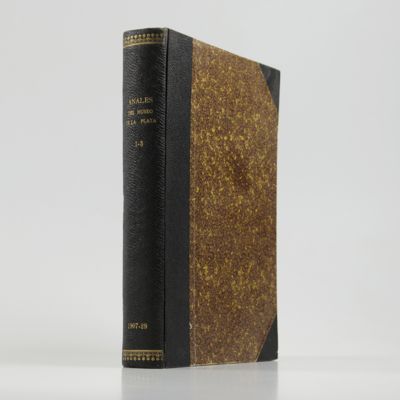
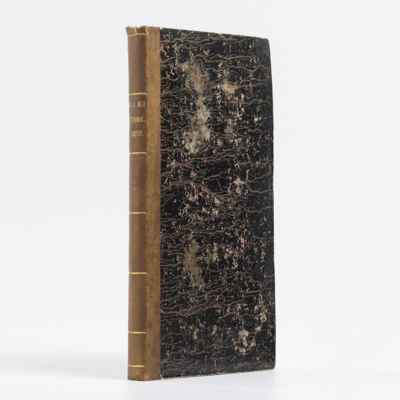
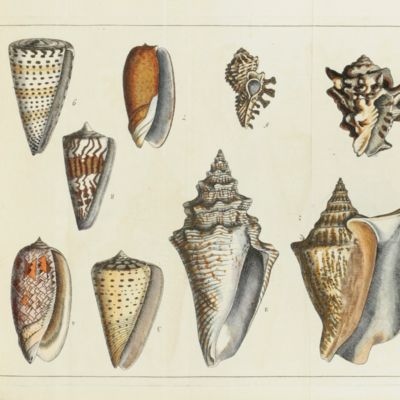
![image for [Portrait by F. Diodati]](https://schierenberg.nl/media/cache/product_thumb/69830/69830_x.jpg)
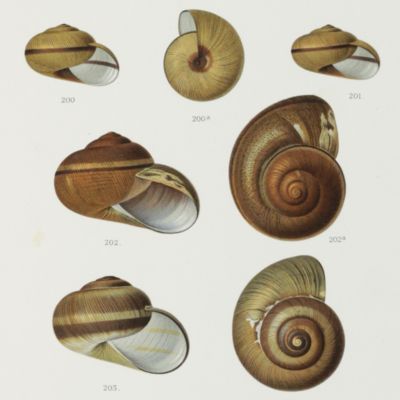
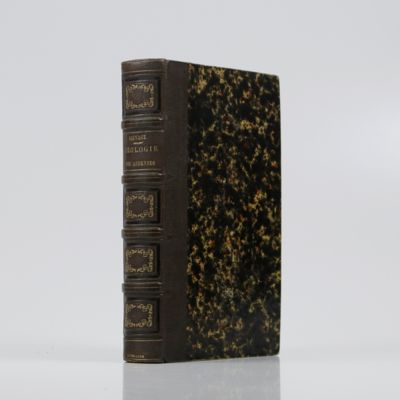

![image for Andere wereld - Other World [Fine facsimile print].](https://schierenberg.nl/media/cache/product_thumb/71455/71455_x.jpg)

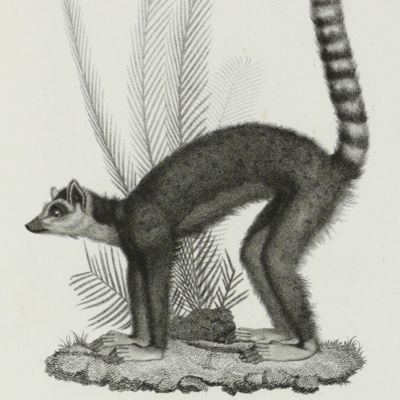
![image for [Four large plates of Helicidae (s.l.)]](https://schierenberg.nl/media/cache/product_thumb/69767/69767_x.jpg)

